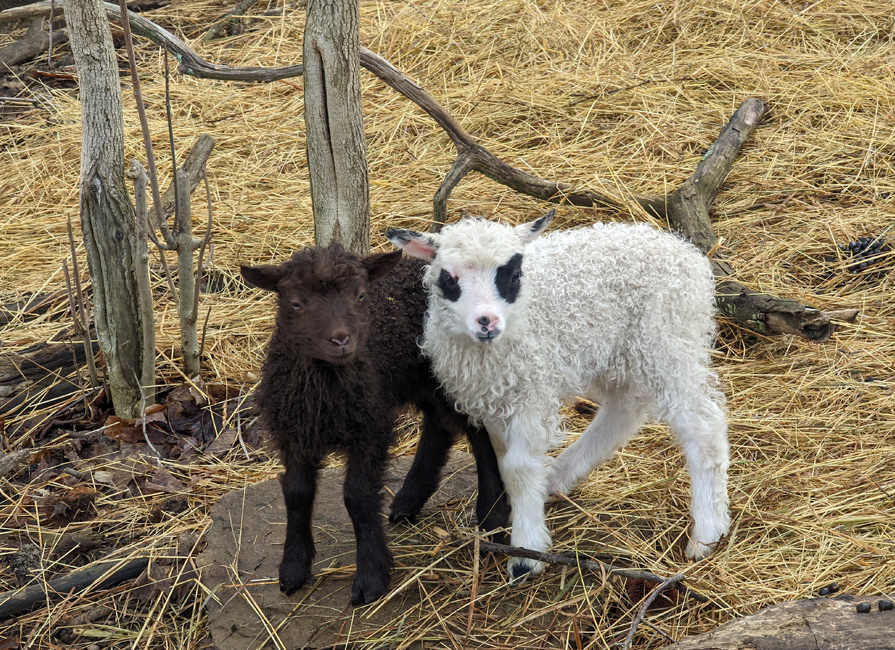Diseases that can be transmitted between animals and humans—known as zoonotic diseases—are in the news…
Cut vs. Cost
 Whomever you credit for the current economic crisis, we have all experienced the uncomfortable position of rising food costs amidst tightening budgets. The livestock industry is facing the same crunch and has been cutting costs with characteristic short-term efficiency.
Whomever you credit for the current economic crisis, we have all experienced the uncomfortable position of rising food costs amidst tightening budgets. The livestock industry is facing the same crunch and has been cutting costs with characteristic short-term efficiency.
However, some of these cost-cutting measures may be more expensive in the long run. A recent article in the Washington Post cites the feeding of distillers grains (a byproduct of ethanol manufacturing and cheaper alternative to corn feed) as a possible culprit in the rise of E. coli-tainted beef. According to the author the USDA has recorded fifty per cent more contaminated beef samples than in the same period last year. Both universities mentioned in the article (Kansas State and University of Nebraska) decline to admit a direct link between distillers grains and higher levels of E. coli, and one researcher fingered seasonality as the main predictor of E. coli. But beyond the feedlot the answer is clear: IT’s THE GRAIN, STUPID. Multiple studies comparing the guts of grain-fed vs. grass-fed cattle show a dramatically reduced level of E. coli in the grass-fed group.
As in recent instances of pet food and milk contamination, cheaper methods make cheaper product–but often at a greater cost. Another article in the Boston Globe touches on an alternative strategy: try other, less expensive cuts. And while you’re at it, why not opt for beef that wasn’t finished in a feedlot? While the Globe doesn’t go as far as this second point, they do address the massive amount of protein we waste–whether through overeating or inefficiency in preparation. New England Butcher Charles Silva gives a simple recipe for using more of what you have: “My wife takes lamb or beef, orzo, and tomato sauce, and bakes it. You can get more out of it.”
Tight economic times are the perfect opportunity to learn about the cuts less travelled. Indeed, according to the United Kingdom’s Soil Association, sales of offal (organ meats like liver, tripe, and kidneys) have risen nearly 70 per cent since 2003. This Thanksgiving season, the Animal Welfare Approved team will co-sponsor a demonstration on using value cuts of high-welfare, pasture raised heritage turkeys. This event will take place at the Food Bank for NYC on Wednesday, November 26, 2008. Please see our recent post for more details.



